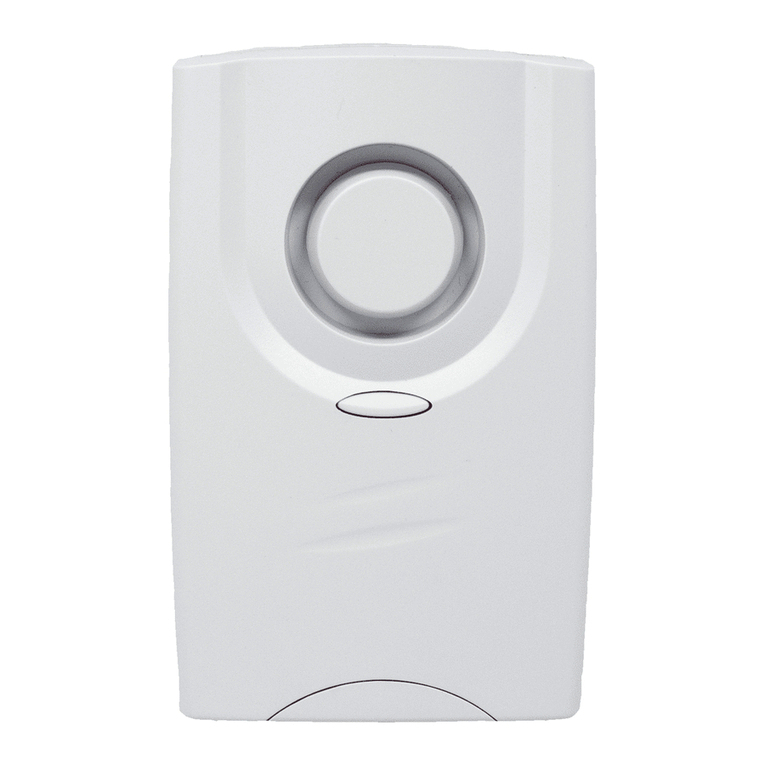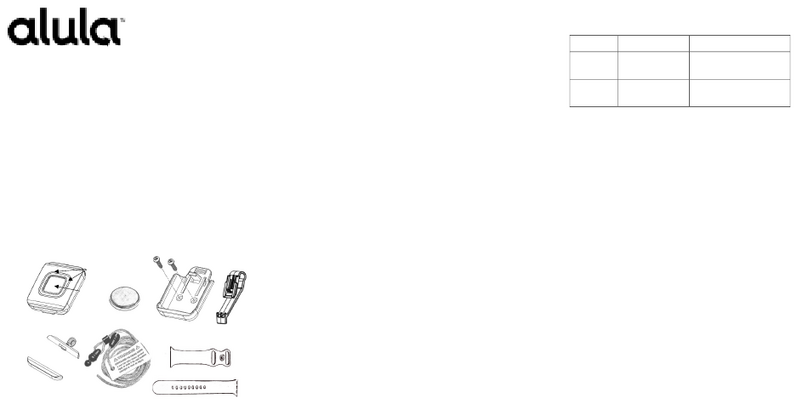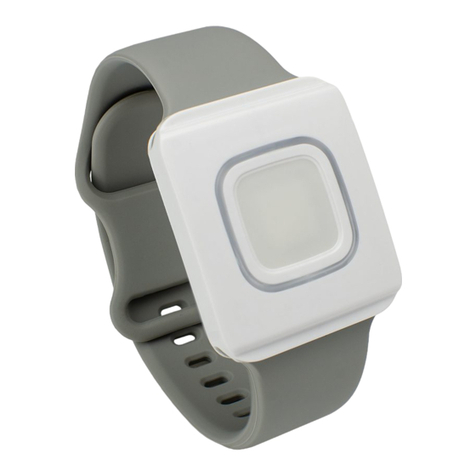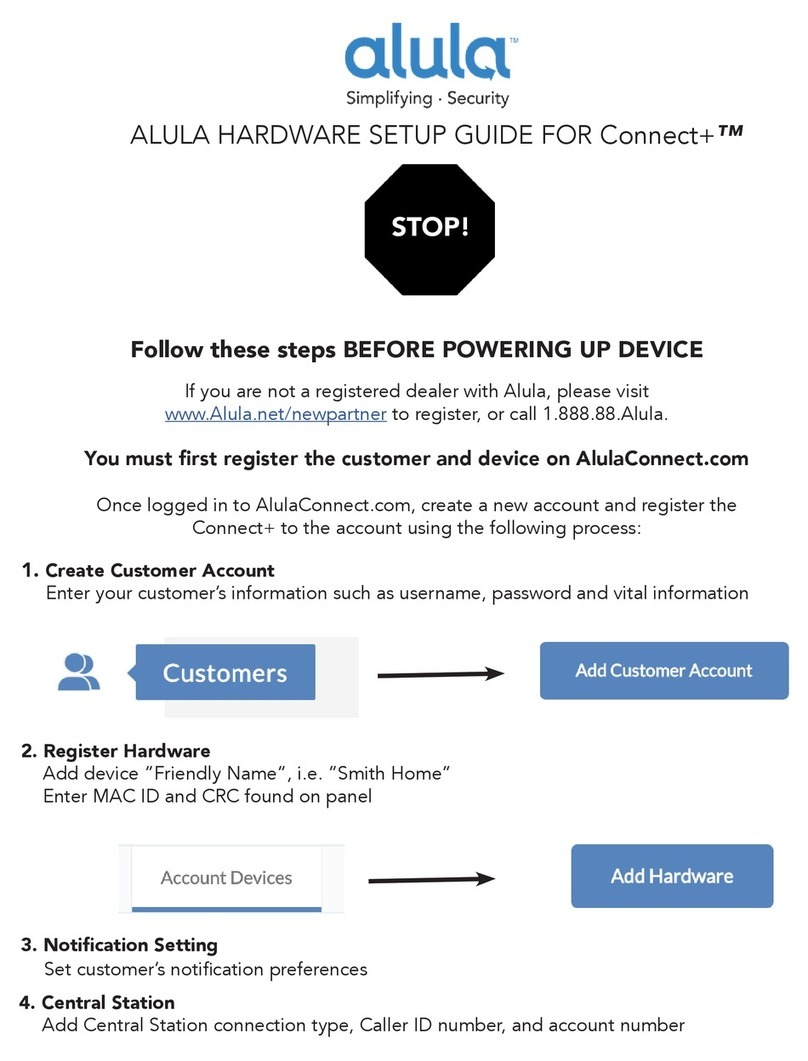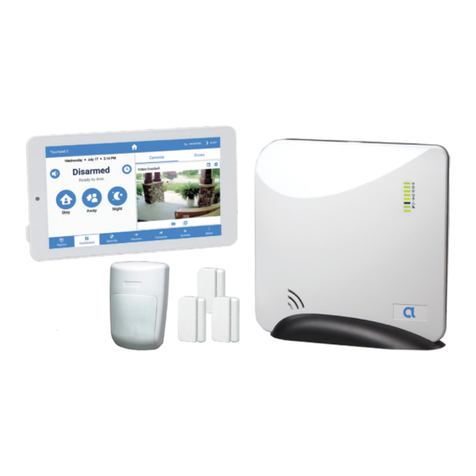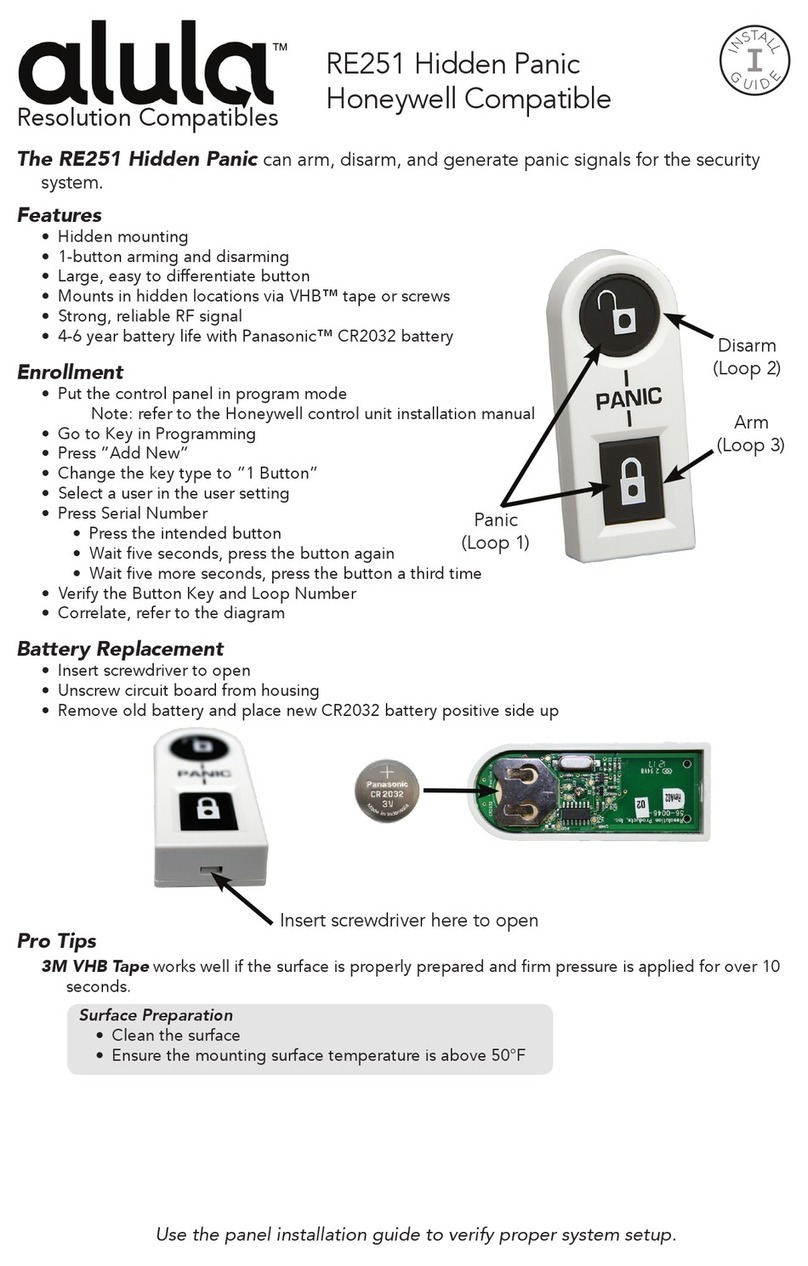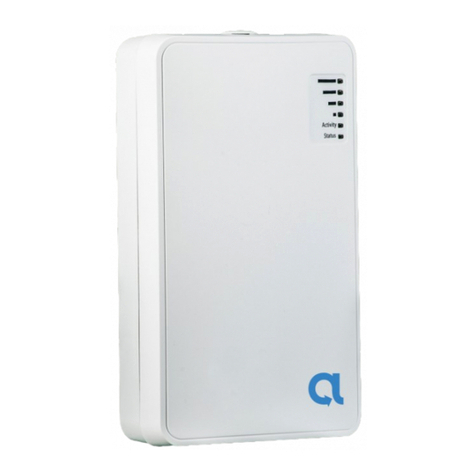
(2) Outside of each separate dwelling unit
sleeping area within 6.4 m (21 ft) of any
door to a sleeping room, the distance
measured along a path of travel
(3) On every level of a dwelling unit,
including basements
(4) On every level of a residential board and
care occupancy (small facility), including
basements and excluding crawl spaces and
unfinished attics
(5) In the living area(s) of a guest suite
(6) In the living area(s) of a residential board
and care occupancy (small facility)
Are More Smoke Alarms Desirable? The
required number of smoke detectors
might not provide reliable early warning
protection for those areas separated by
a door from the areas protected by the
required smoke detectors. For this reason,
it is recommended that the householder
consider the use of additional smoke
detectors for those areas for increased
protection. The additional areas include
the basement, bedrooms, dining room,
furnace room, utility room, and hallways not
protected by the required smoke detectors.
The installation of smoke detectors in
kitchens, attics (finished or unfinished), or
garages is not normally recommended, as
these locations occasionally experience
conditions that can result in improper
operation.
The equipment should be installed using
wiring methods in accordance with the
National Fire Protection Association’s
Standard 72, Chapter 11. (National Fire
Protection Association, Batterymarch Park,
Quincy, MA 02269).
IMPORTANT!
Specific requirements for Smoke Alarm
installation vary from state to state and from
region to region. Check with your local Fire
Department for current requirements in
your area.
SMOKE ALARMS (REx14 Series)
Sufficient smoke must enter your Smoke
Alarm before it will respond. Your Smoke
Alarm needs to be within 6.4 meters (21ft)
of the fire to respond quickly. Smoke Alarms
also need to be in positions where they can
be heard throughout the property, so they
can wake you and your family in time for
everyone to escape. A single Smoke Alarm
will give some protection if it is properly
installed, but most homes will require two
or more (preferably interconnected) to
ensure that a reliable early warning is given.
For recommended protection you should
put individual Smoke Alarms in all rooms
where fire is most likely to break out (apart
from the kitchen and bathroom).
Your first Smoke Alarm should be located
between the sleeping area and the most
likely sources of fire (living room for
example), but it should not be more than
6.4 meters (21ft) from the door to any
room where a fire may start and block your
escape from the house.
Multi-Story Dwellings
If your home has more than one floor, at
least one Alarm should be fitted on each
level (see Figure 1). Preferably the Alarms
should be interconnected (if feature is
present on unit) so as to give sufficient
warning throughout the property.
Figure 1 illustrates where Smoke and Heat
Alarms should be located in a typical
two story house. Note the spacings in
“Protection Levels” which ensure the early
detection of fire and that the warning will
be heard.
Locate Heat Alarms in rooms adjoining
escape routes - kitchens, garages, boiler
houses etc. where Smoke Alarms are
unsuitable.
Single Story Dwelling
If the premises is one story you should
put your first Smoke Alarm in a corridor or
hallway between the sleeping and living
areas. Place it as near to the living area
as possible, but make sure that it can be
heard loudly enough in the bedroom to
wake someone. See Figure 2 for placement
example.
In houses with more than one sleeping area,
Smoke Alarms should be placed between
each sleeping area and the living area and
it is recommended that Heat Alarms should
be placed in the kitchen and garage.
Recommended Protection
Fire authorities recommend you put
individual Smoke Alarms in or near all
rooms where fire is most likely to break
out (apart from the locations to avoid e.g
bathrooms). The living room is the most
likely place for a fire to start at night,
followed by the kitchen (where a Heat Alarm
is recommended) and then the dining room.
Consideration should be given to installing
Smoke Alarms in any bedrooms where fires
might occur, for instance, where there is
an electrical appliance such as an electric
blanket or heater, or where the occupant is
a smoker. In addition, consideration should
be also given to installing Smoke Alarms in
any rooms where the occupant is unable to
respond very well to a fire starting in that
room, such as an elderly or sick person or a
very young child.
For placement of Heat and Smoke Alarms,
see Figures 1 and 2. Locate Heat Alarms in
rooms adjoining escape routes - kitchens,
garages, boiler houses etc. where Smoke
Alarms are unsuitable.
Figure 1
For minimum protection
- Smoke Alarm on each story
- in each sleeping area
- every 6.4 meters (21ft) of hallways and
rooms
- within 3 meters (10ft) of all bedroom doors
- all units interconnected (where feature is
present)
For recommended protection
(in addition to the above):
- Smoke Alarms in every room (except
kitchens and bathrooms)
- Heat Alarms located in kitchens,
garages etc. within 5.3m (17ft) of
potential fire sources
3
